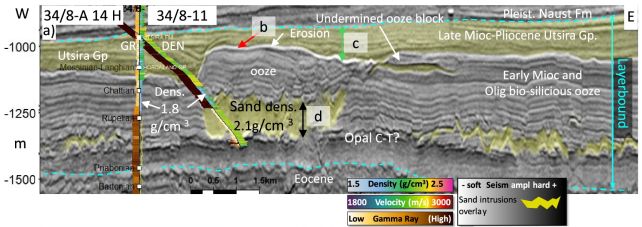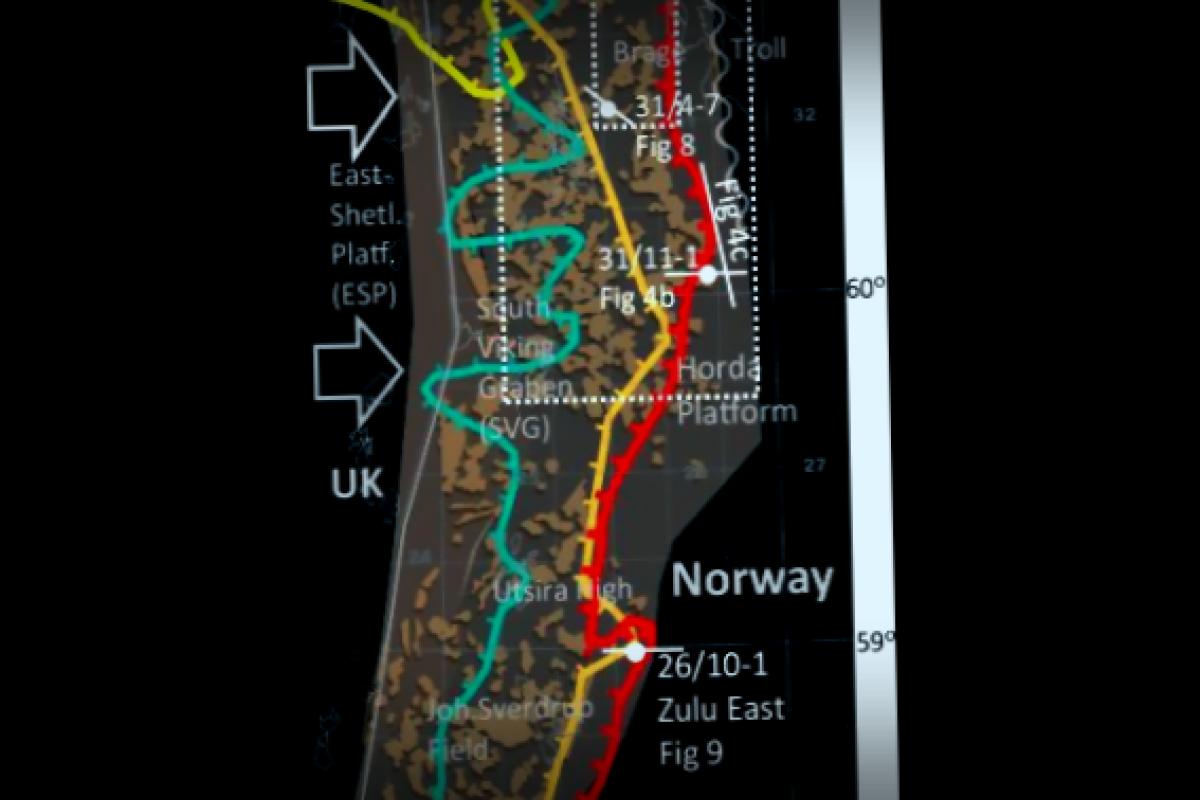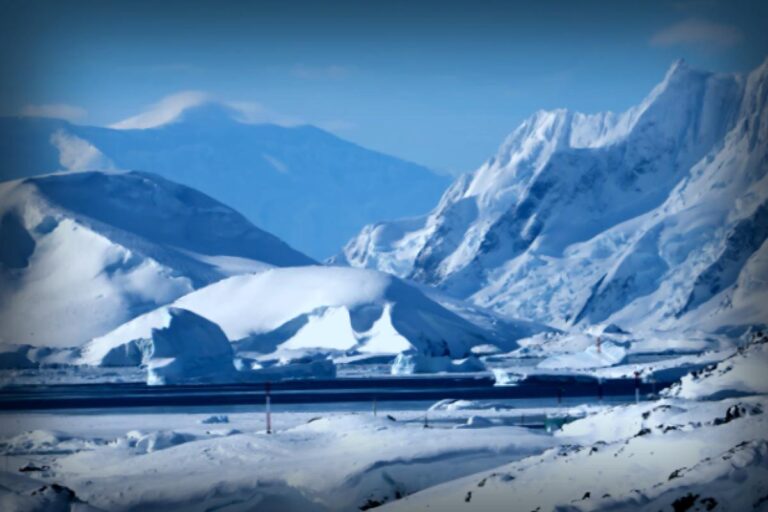Just below the churning waters of the North Sea, researchers found something astonishing that’s stirring up the geology community. Turns out, there are vast sand mounds down there—hundreds of them, spanning several kilometers—that, according to reports from the University of Manchester, defy our fundamental geological understanding.
These peculiar sand structures have settled atop formations known as sinkites, which have formed through a process called stratigraphic inversion. Interestingly, this marks the first time scientists are observing such a high number of these formations.
According to Mads Huuse, a geophysicist at the University of Manchester, this discovery showcases a new geological phenomenon: “We’re witnessing structures where dense sand has sunk into lighter sediments, flipping the traditional layers we normally expect and resulting in these towering mounds beneath the waves.”
Odd Layering Explained
The standard geological setup usually involves older layers of sediment at the bottom and newer layers piling up on top as time goes on. However, in the case of stratigraphic inversion, it’s the younger layers that end up at the bottom, pushing the older layers to the top. This unusual occurrence can be triggered by various factors, including rockslides and tectonic shifts.
With the help of detailed seismic data, Huuse and his colleague Jan Erik Rudjord from the oil company Aker BP identified these sinkites at the North Sea’s floor. They utilized how acoustic waves react differently as they move through various materials. By analyzing the reflected waves, they were able to map out the different rock types they encountered.
What they found was striking: significant stretches of the seabed were flipped upside down, with younger, denser layers of sand buried underneath older, more permeable materials.
The younger sand layers, which are heavier, pushed aside the lighter sediments and forced them upward, creating a scenario where what should normally be on top is now anchored at the bottom. The researchers even d the displaced, more porous materials as ‘floatites.’
They estimate that this incredible transformation likely occurred around 5.3 million years ago, during the changeover from the Miocene to Pliocene epochs. The underlying layers consist of lightweight sediments rich in tiny marine fossils.

Natural disturbances, like earthquakes, could have disrupted the upper layers, breaking them into sand that sank and interchanged positions with the floatites. Over eons, sediment has accumulated on this structure, resulting in the uneven ocean floor we observe today.
The research team is now focused on refining their analysis to better comprehend what’s happening beneath the ocean crust, including spots that are fragile and places that align with greater stability, while also identifying the processes that trigger these transformations.
Huuse points out, “This study sheds light on the unpredictable nature of fluid and sediment movement within the Earth’s crust. Understanding how these sinkites came to be will transform our approach to assessing underground reservoirs, along with critical facets like sealing and fluid movement—elements vital to effective carbon capture and storage implementation.”
Even though there are skeptics questioning this new model, many within the scientific circle are championing this refreshing perspective. Only time and further research will determine how broadly applicable this discovery is.
The findings were published in Communications Earth & Environment.




















